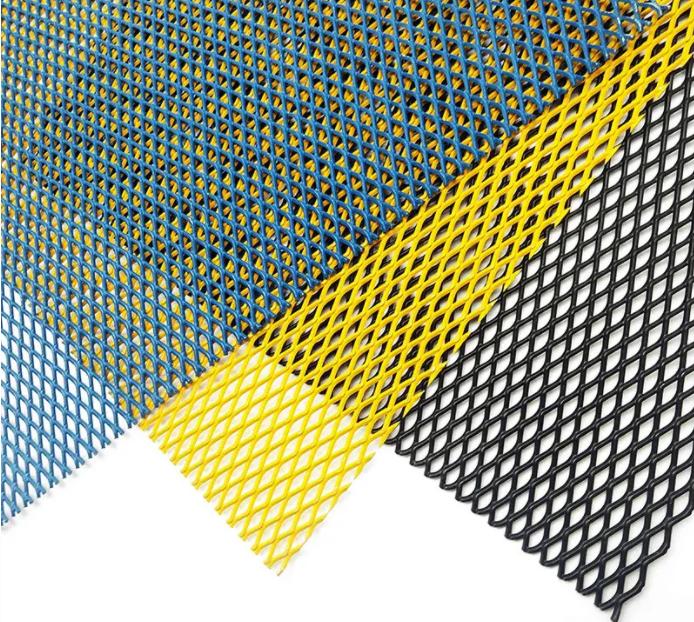 TEL:
+86-13102802206
TEL:
+86-13102802206
 Email:
fencenetting@china.com
Email:
fencenetting@china.com
 Language
Language
 TEL:
+86-13102802206
TEL:
+86-13102802206
 Email:
fencenetting@china.com
Email:
fencenetting@china.com
 Language
Language


The importance of green temporary fencing can be seen across various sectors, from construction sites to public events, and even in landscaping projects. This sustainable solution not only serves practical purposes but also aligns with modern environmental considerations.
Moreover, the use of eco-friendly materials in these fences speaks to a growing trend towards sustainability. Many manufacturers are now producing temporary fencing products from recycled materials, reducing waste and minimizing the carbon footprint associated with construction activities. By opting for green temporary fencing, companies not only adhere to environmental regulations but also demonstrate their commitment to corporate social responsibility. This can enhance a company's reputation and attract clients who prioritize sustainability in their business choices.

In addition to construction sites, green temporary fencing finds applications in public events like outdoor concerts, festivals, and community gatherings. At these events, the fencing helps manage crowds by directing foot traffic and creating safe zones for attendees. The green color blends well with natural landscapes, making it an aesthetically pleasing choice that complements the outdoor environment. This not only assures visitors of their safety but also enhances their overall experience.
Furthermore, as urban areas continue to expand, green temporary fencing can facilitate urban greening initiatives. These projects often involve planting trees, flowers, or creating green spaces, and temporary fences can protect these areas from unwanted intrusions while they mature.
In conclusion, green temporary fencing is more than just a functional barrier; it represents a harmonious blend of safety, visual appeal, and environmental consciousness. As its popularity grows, it undoubtedly paves the way for a more sustainable approach to securing spaces in various industries.